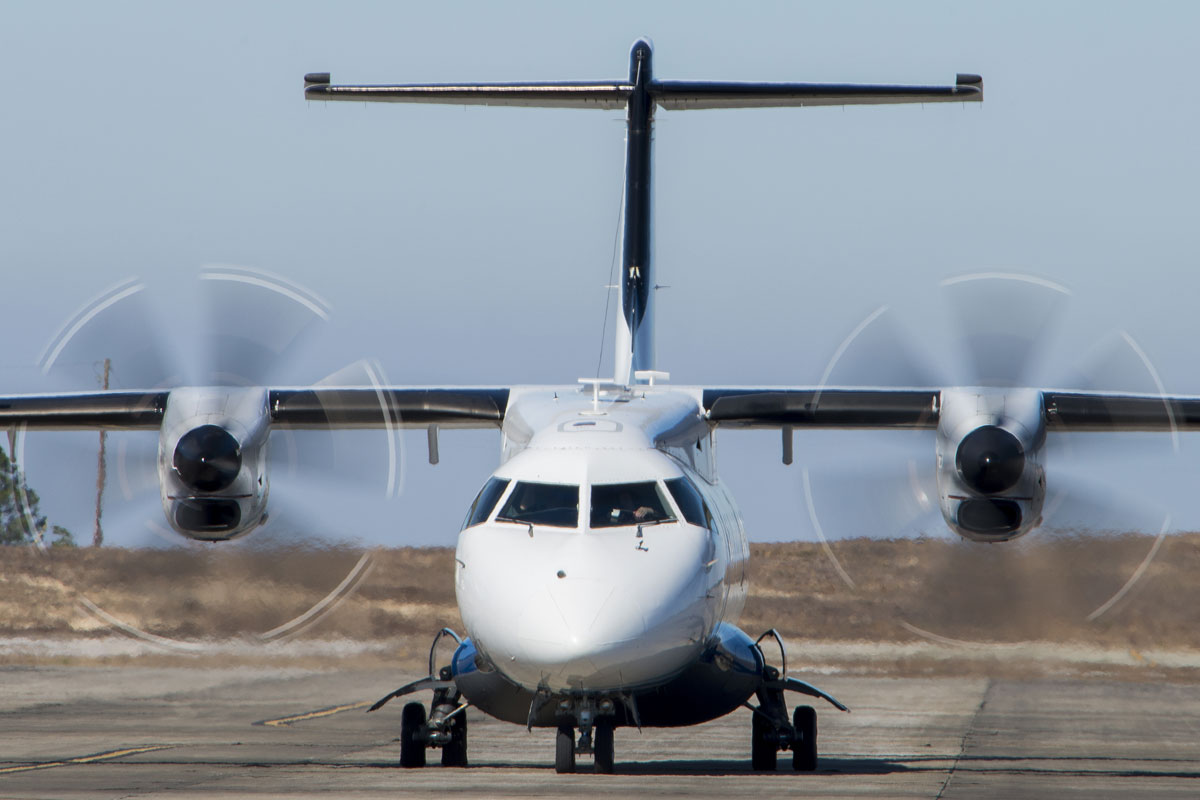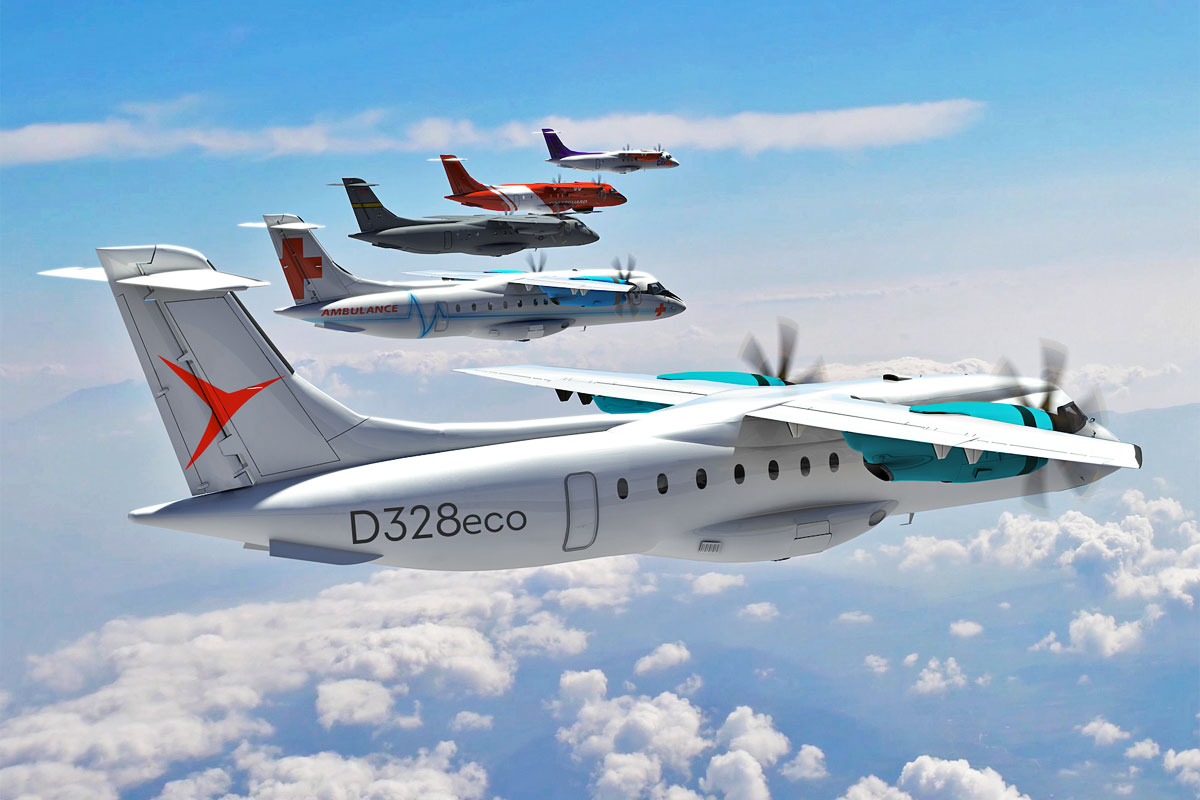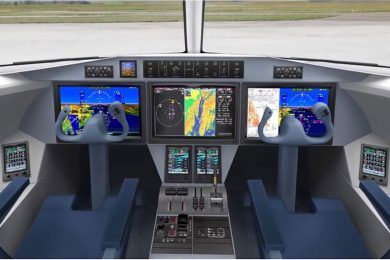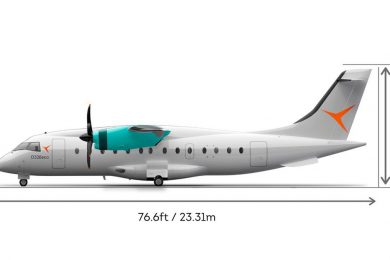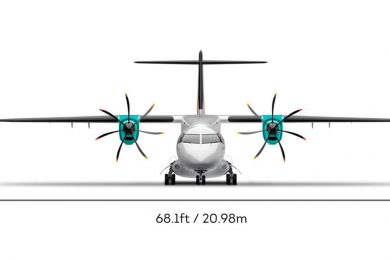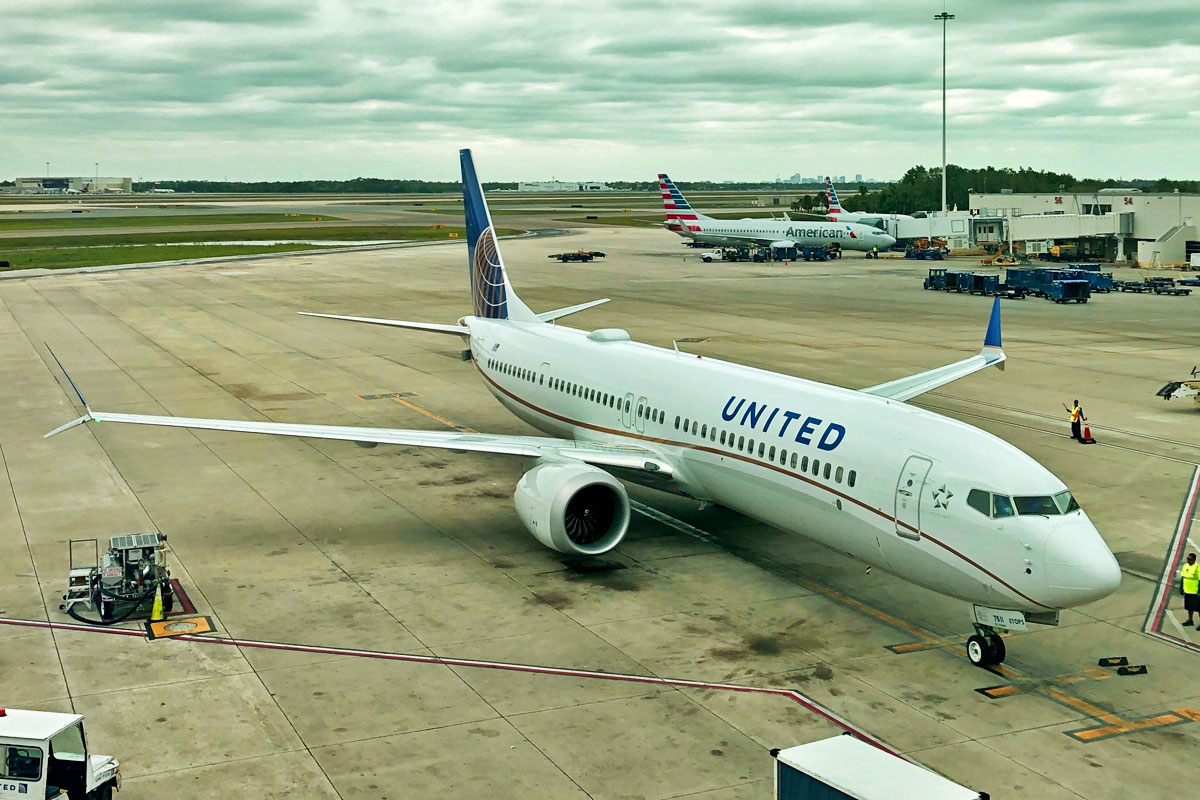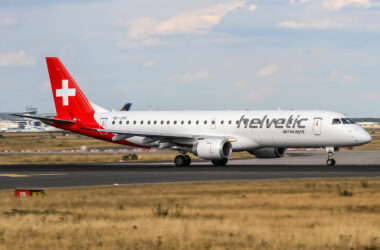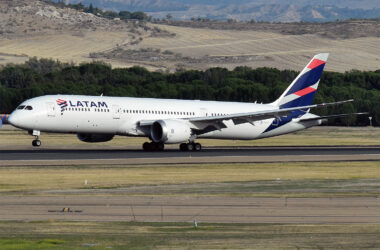Turboprop produced between 1991 and 2000, the Dornier 328 is back, but with a new name and proposal. After Sierra Nevada acquired the aircraft rights through the subsidiary 328 Support Services, the company formed Deutsche Aircraft, which will be responsible for the production of the D328Eco, a turboprop with an ecological proposal and greater passenger capacity.
The announcement was made on Monday in Germany, where the aircraft will be produced from 2025. The project had already been confirmed in the middle of this year, but still with no further details.
Deutsche Aircraft revealed that the D328Eco will use the same base as the 328, however, with the addition of almost 2 meters in the fuselage to be able to carry up to 43 passengers, reaching 23.3 meters in length.
If it maintained its original characteristics, the turboprop will, however, use Pratt & Whitney PW127S engines with seven-bladed propellers. It is precisely in the ecological footprint that Deutsche still remains a mystery. The company says its airframe will be compatible with sustainable aviation fuel, but it does not explain how.
There were rumors that the D382eco could be a hybrid-powered aircraft, however, this was not made clear in this week’s presentation. But the manufacturer said the new plane would pave the way for the zero-emission target in up to 15 years.
Operational savings
Internally, the D328eco will feature a “state-of-the-art flight deck, and capabilities offered by the latest avionics suite will target future single-pilot operations”, which should attract customers who need to reduce their operating costs.
Deutsche Aircraft makes a similar reading to that of Embraer regarding the regional aircraft market. This means that the manufacturer believes that the COVID-19 pandemic will reduce the demand for larger planes, benefiting short-haul routes, where turboprops are more advantageous.
The Brazilian company has also studied the category, but with a larger aircraft, with a capacity for 70 to 100 seats. Among the data released for the new aircraft are the maximum speed (600 km/h), altitude (30,000 ft), operation on runways of up to 1,000 meters and a jet fuel consumption of 2.6 liters per 100 km.
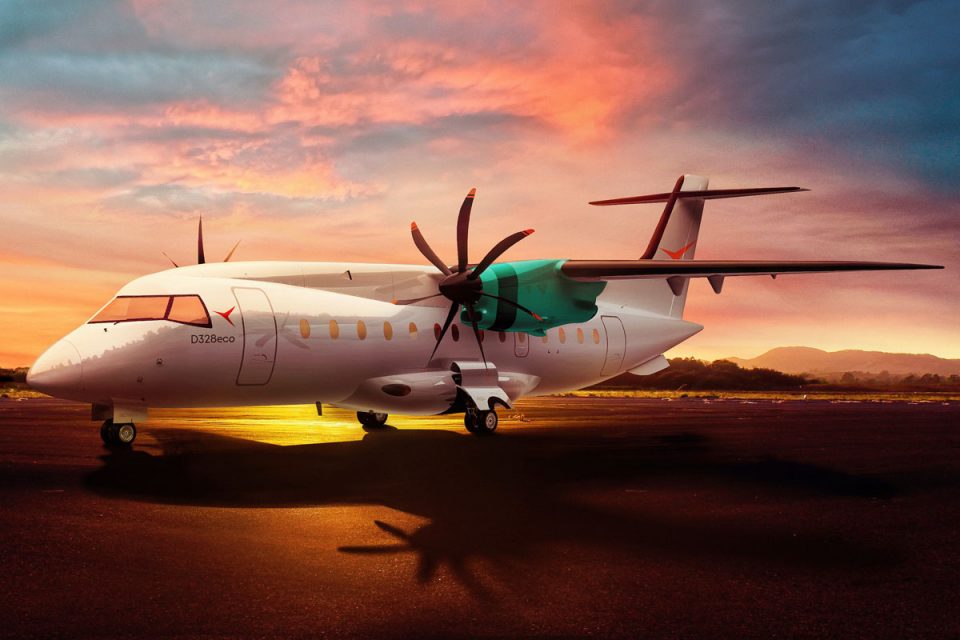
Short career
The Dornier 328, from which the new turboprop originated, had a short career in the market, but with a good volume of orders. In nine years, the aircraft had 217 units produced, which led the company to propose a jet version of the model, in partnership with Fairchild, from the USA. The 328JET, however, managed to sell only 110 aircraft until 2002.
